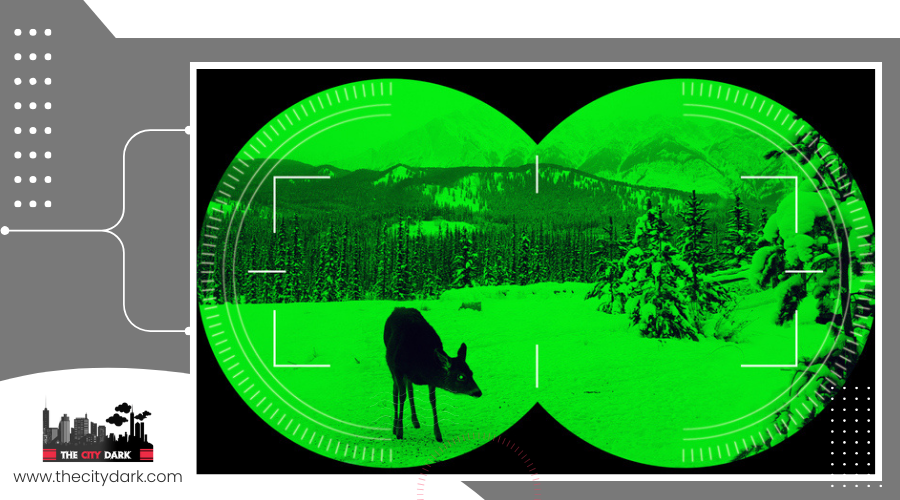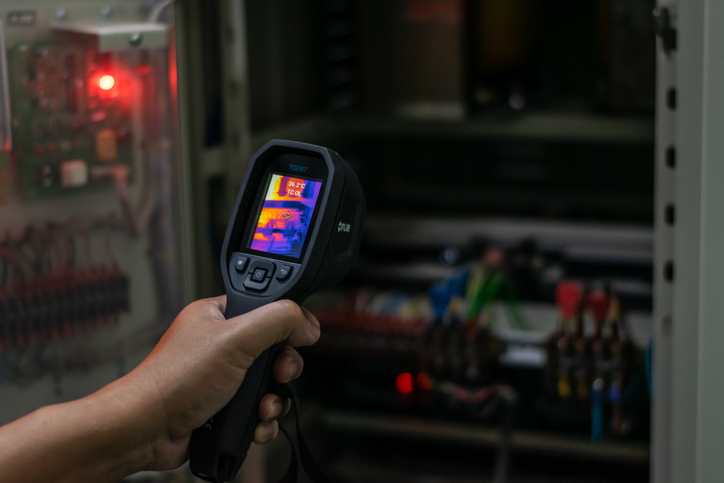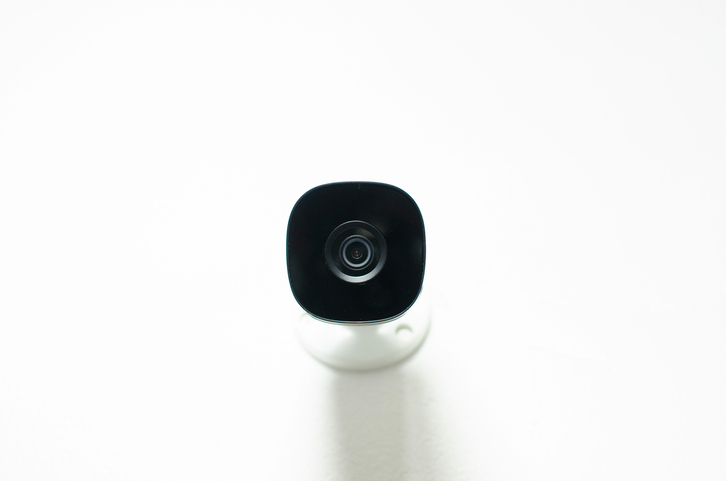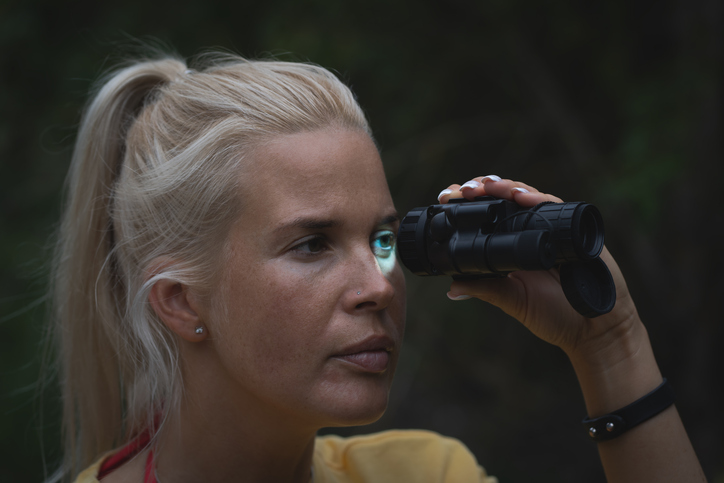Night vision technology has entered daily life, moving beyond its military roots. With improvements in image enhancement, thermal imaging, and light amplification, clear vision in low-light is now possible. This isn’t solely for safety; it’s for enriching experiences. Whether exploring the night, monitoring property, or stargazing, night vision reveals the hidden world. As the technology evolves, its everyday uses grow, removing the constraints of daylight on activities. Stay with us to discover future possibilities.
Key Takeaways
- Night vision technology makes activities like flying, keeping watch, and exploring the wild at night safer.
- It lets people hunt and watch animals at night without upsetting the natural world.
- Night vision boosts home security, helping spot intruders more clearly.
- Star watchers see the sky more clearly, with less light getting in the way.
- More people can use night vision now, thanks to lower costs and wider availability.
History of Night Vision
Night vision technology was first made for the military in World War II. Now, it’s not just for soldiers. It’s for everyone. It’s for your adventures. It’s for keeping your home safe. It was a game-changer in the war. Now, it changes how we see the night.
Technology has grown. Night vision devices are easier to get and not so expensive. You can use them to watch animals without bothering them, keep an eye on your house, or make nighttime hikes safer. Night vision brings light to the dark. It makes things safer. It makes doing things at night easier.
Think about going out at night and seeing like it’s daytime. That’s what night vision does. It started with the military. Now, it’s something we all can use. The night isn’t so daunting anymore. It’s open to us, thanks to the work of many.
Technology Behind Night Vision
Exploring the workings of civilian night vision plunges us into a realm of advanced technology. It pivots on two main approaches: Image Intensification and Thermal Imaging. Let’s simplify these concepts.
| Technology | Description |
|---|---|
| Image Intensification | Boosts light, including near-infrared, making low-light scenes clearer. |
| Thermal Imaging | Detects infrared light from heat, showing images from thermal patterns. |
| Light Amplification | Changes light to electrons, enlarges them, then turns them back into visible light. |
| Using Existing Light | Works with natural light, ensuring functionality in dim conditions. |
| Enhancing Low Light | Gives a clear view in minimal light, improving safety and effectiveness. |
This technology lets us see in the dark almost like it’s twilight, not the deep black of midnight. Whether flying a plane or navigating dark paths, it ensures clarity. It mixes science with usefulness, making night a friend, not a barrier.
Civilian Applications
The use of night vision technology in civilian life touches many areas, from flying airplanes at night to keeping places safe, and even making camping trips more fun. Now, moving through darkness is easier for everyone, whether flying, protecting a building, or just enjoying the outdoors with friends. Night vision goggles change the game by letting us see in low light, where before we might have been stuck.
As night vision technology has gotten better, it’s also become easier for everyone to get and afford. This change means more people can use it for non-military things, making it safer and more fun to be out at night. Here are the main ways people use it:
- Flying: Pilots wear night vision goggles to fly safely in the dark.
- Keeping Safe: Watching over places with little light.
- Having Fun Outdoors: Making boating and camping safer and more fun.
- Watching Without Being Seen: Keeping an eye on places in dim light.
- Staying Safe: Helping in emergencies, like when the power goes out or after natural disasters.
Night vision technology has clearly changed how we do things at night, turning what was once hidden into something we can see.
Hunting and Wildlife Observation
Night vision changes the game for hunters and those who love watching wildlife. It lets you see in the dark. You can follow animals without scaring them. This is great for seeing animals that come out at night.
Hunters get a lot from night vision. It makes it safer and easier to see where you’re going and what you’re aiming at in the dark. You don’t have to guess what’s out there anymore. Night vision helps you move with sureness in the night.
People who like to watch animals find night vision amazing. It lets them see animals at night acting naturally. This gives a special look at nature. Whether you’re hunting or just watching, night vision means you don’t miss anything, even at night.
Home Security Enhancements
As the darkness takes over, adding night vision to your home security setup sharply improves your watch over your property and ability to spot dangers with clarity. This high-level feature isn’t just for the military or police anymore; it’s become a critical asset for homeowners wanting to strengthen their security. By bringing in night vision, you’re not just layering more protection; you’re reshaping how you safeguard your home.
Here are the main advantages:
- Better visibility in dim conditions ensures you’re never in the dark about what’s happening outside your door after sunset.
- Spotting intruders gets a lot easier, giving you the advantage in warding off potential threats.
- Knowing your property is constantly watched with clear, sharp video, day or night, brings peace of mind.
- Extra security for parts of your home hard to light up with standard lights.
- Night vision’s affordability and availability mean better nighttime security is now possible for more homeowners.
Stargazing and Astronomy
Shifting focus to the stars, night vision technology changes how we see them and the universe. It makes capturing the night sky easy, showing distant stars and hidden cosmic wonders with clarity.
Enhancing Celestial Observations
Using night vision technology significantly enhances your stargazing adventures by slicing through light pollution, unveiling the cosmos in clearer, more vibrant detail. As a hobbyist of the stars, you’ll find night vision devices amplify your celestial observations. These tools enable you to perceive stars, planets, and other cosmic phenomena with improved visibility, even under the cloak of night’s low light. The advantages are clear:
- Minimize light pollution’s disruption
- Sharpen the clarity and detail of dim celestial objects
- Enhance the visibility of stars and planets
- Boost the contrast and visibility of celestial entities
- Elevate your night sky viewing experience
Night vision technology reshapes your engagement with the night sky, inviting a deeper, more intricate exploration of the universe. It stands as a transformative tool for anyone enamored with the celestial dome above.
Night Sky Photography Tips
To capture the cosmos’s spellbinding beauty, here are night sky photography tips for stargazers and astronomy lovers. First, secure your camera on a solid tripod to avoid shake during long exposures, crucial for capturing the stars. Set your camera to a high ISO, between 1600-3200, to increase sensitivity in the dark. Use a wide aperture, f/2.8 or less, to let in more light, making celestial objects clear. Use a remote shutter release or your camera’s self-timer to keep the camera still when taking the photo. Manual focus is key to ensure stars are sharp, as automatic settings often fail in low light. These methods will improve your night photography, capturing the night’s beauty.
Regulatory and Legal Considerations
Understanding and following the rules for using night vision goggles in civilian flying is crucial. These rules ensure night vision use makes flying safer without hurting how well operations work. Here’s the simple breakdown:
- National aviation groups like the FAA in the U.S. make the rules for using night vision goggles for civilian flyers. Following these rules is a must to keep the skies safe.
- The rules in Parts 91 and 135 talk about what equipment you need and the training pilots must have to use night vision goggles right.
- You must stick to the RTCA DO-275 standard. It covers all from tech specs to how to use them, making sure night vision goggles are good enough to use.
- There are hurdles, like high costs, tech limits, and sometimes you can’t see well because of the weather. These can affect how useful night vision goggles are for civilian flying.
- In short, knowing and sticking to the rules and legal stuff is key. It’s not just about doing what you’re told; it’s about making flying with night vision technology safer and better in civilian flying.
Future of Night Vision in Civilian Use
In the future, night vision technology will get better. It will show clearer pictures and be easier for people to use. These devices will be smaller and lighter, so you can easily take them with you at night, whether for fun or for safety.
Think about night vision being part of everyday things like your phone or wearables. This is something developers are really working on. You could use it to see maps overlaid on the dark or get info about what’s around you in real-time, right from your device.
Teams are working hard to improve night vision and make it cheaper so more people can use it. The aim is to make night vision a common feature in many tools, making it easier for all to see in the dark.
- Night vision is getting better. It will be clearer and easier to use. Devices will be smaller and lighter. You can take them anywhere at night.
- Imagine night vision in your phone or watch. Developers are making this happen. You could see maps in the dark or get info on your surroundings.
- Teams are pushing night vision forward. They’re making it cheaper and better. The goal is to help more people see in the dark.
- Soon, seeing in the dark will be simple for everyone. Night vision will be part of many tools. The night will become easier to navigate.
Frequently Asked Questions
How Has Night Vision Benefited Society?
Night vision has simplified observing wildlife, executing search operations, and managing emergencies in darkness. It has enriched night photography, personal security, hiking, urban exploration, disaster response, and environmental monitoring. This advancement has significantly aided society.
When Did Night Vision Become Available to the Public?
In the 1990s, night vision, born from the military, came to the public. Now cheaper, it serves hunters, wildlife watchers, and adventurers. It boosts night photography and safety.
Is Night Vision Legal for Civilians?
Certainly, civilians may use night vision, yet they must heed hunting laws, legal limits, and privacy worries. Laws differ globally, yet its use spans observing wildlife, leisure, and augmenting safety.
How Is Night Vision Used Today?
You use night vision to watch wildlife, take pictures at night, and make camping safer. It helps in emergencies, lets you fish at night, and makes hiking more fun. It also makes places more secure, helps with driving in the dark, and lets you see the stars better.
Conclusion
Witness how night vision has shifted from exclusive military use to a versatile civilian tool. Be it tracking wildlife, enhancing home security, or stargazing, this technology unveils the unseen nocturnal world. Yet, heed legal restrictions to responsibly harness these benefits. As night vision progresses, anticipate discovering novel methods to investigate and safeguard your domain under the cloak of night.




